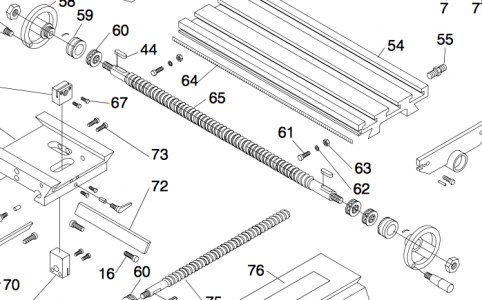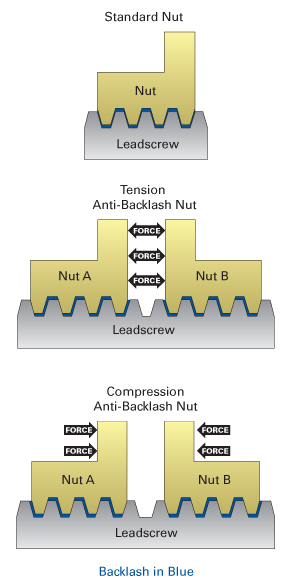G0704 missing thrust bearing on left hand x axis feed
About half way through my clean up of my G0704. Had the x and y completely disassembled and noticed that there is no thrust bearing on the inside of the left side x axis feed. Looking at the parts list from grizzly there does not appear to be one but I can't see why it would not hurt to have one. The part number is P51200. The reason I am asking is to try and remove the backlash I have in the x axis (+.006"). The y is solid and has bearings on both sides but also only has the one feed handle. Any help would be appreciated.
About half way through my clean up of my G0704. Had the x and y completely disassembled and noticed that there is no thrust bearing on the inside of the left side x axis feed. Looking at the parts list from grizzly there does not appear to be one but I can't see why it would not hurt to have one. The part number is P51200. The reason I am asking is to try and remove the backlash I have in the x axis (+.006"). The y is solid and has bearings on both sides but also only has the one feed handle. Any help would be appreciated.
Last edited:



